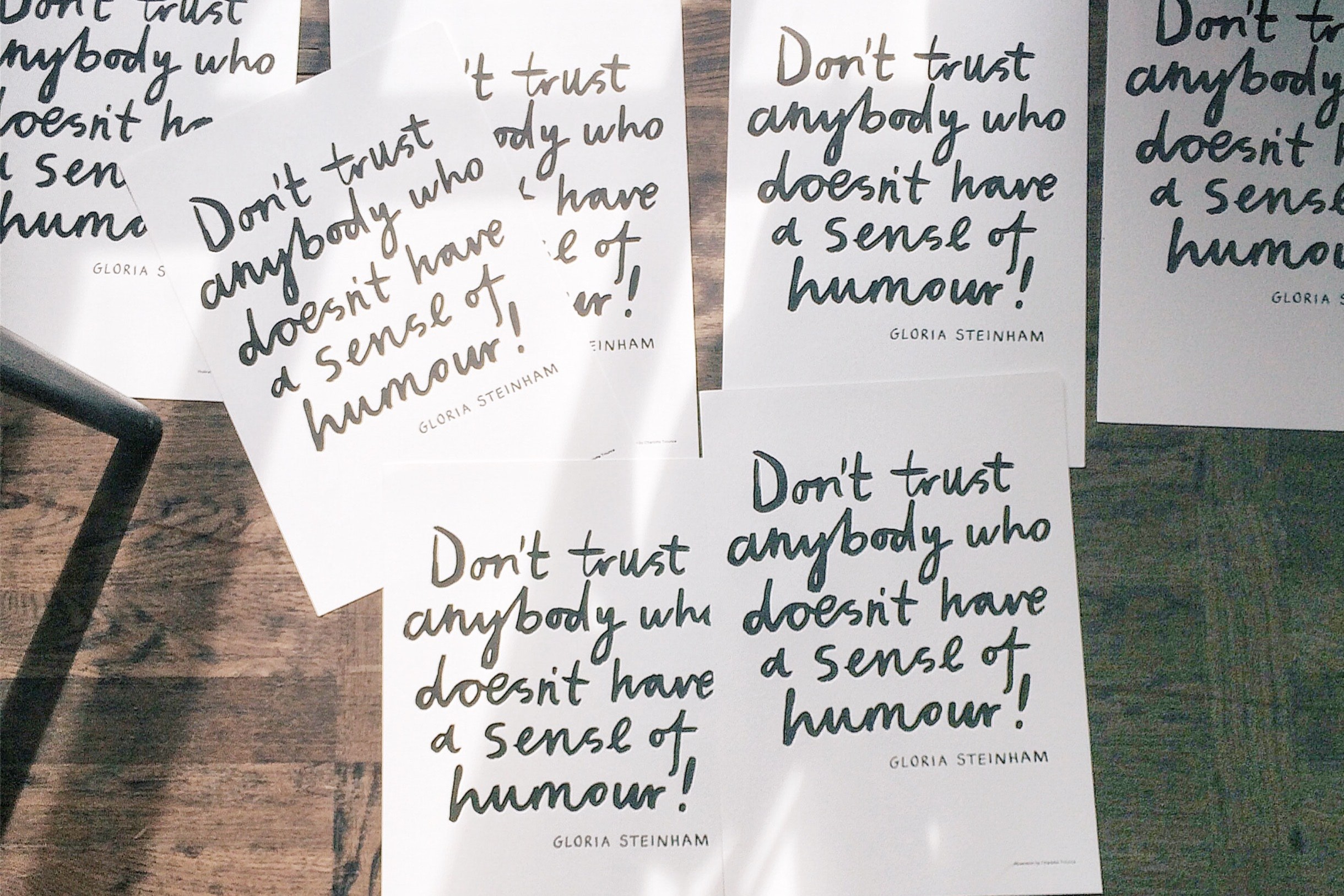While humor can help make content that much more engaging, being funny isn’t as easy as it sounds. It also can get your company in (at least social media) hot water if it comes off as more offensive than funny.
We understand the temptation to be hilarious in your marketing, though. About 53 percent of consumers say they are most likely to remember and enjoy an advertisement if it’s funny.
Humor can be an incredible part of your campaign because:
- It helps your audience lower their defenses against ads
- Helps you connect with your audience
- Encourages social sharing of your content
So, when is humor appropriate to play with for your marketing campaign?
We’ll take a look at a few tips on how to best use it, as well as a few examples of brands who’ve hit (or missed) the hilarity mark.
Humor tips
RIGHT PLACE, RIGHT TIME: The use of humor often comes down to the industry you’re in and the product or service you’re promoting. Not everything works better with a joke tied to it. If you have a more serious or emotional message to communicate, humor might not be right. But with the right message, brand or even a product we all have to use but aren’t particularly excited about (i.e. car insurance), humor can be just the thing to help you stand out and connect.
UNDERSTAND YOUR AUDIENCE: We don’t all have the same sense of humor, as you can imagine, but knowing who you’re targeting your joke at is key for a successful reception. Different jokes work with different demographics. This goes beyond just age and/or gender. Thinking through who the target of your campaign is—what do they do for a living? What are their interests? Where do they live? And so on. The more you know, the better you can design the humor of your campaign.
STAY RELEVANT: The closer the humor can stick with your product, service and message, the more likely it is to land well with your audience. The key is having enough relevancy for everyone to make connections on their own and get the joke.
KEEP IT SIMPLE: Who wants a punchline to feel endless and complicated? Exactly. The simpler you can keep your message (and the joke), the better off you are. The less you force your audience to think, the funnier they may find your joke. Plus, simple campaigns can more easily be replicated in the future in different ways without too much effort.
KEEP IT FRESH: It’s easy for the same joke to get old fast if you don’t mix things up. Be mindful of how long you’re running a humorous campaign and monitor your audience’s reactions along the way to gauge when a joke has run its course.
Hilarious wins
At its best, humor is attention-grabbing, relatable and linked to a high recall rate among your audience. Here are three hilarious wins to inspire you:
SPOTIFY’S #2018WRAPPED: Every year, Spotify cleverly mines its users’ data for facts and statistics to poke fun at. And the 2018 campaign included jokes about a user creating a playlist called “I love gingers” with 48 Ed Sheeran songs on it or another user for playing the song, “Sorry,” 42 times on Valentines Day. When data is handled and presented in a humorous way, it’s not viewed as an intrusion.
BURGER KING IN PERU: Burger King is obviously an international brand. But it definitely tapped a funny bone in Peru when it created an ad that touched on a local law restricting what food movie theater patrons could bring with them into the theater. (It had to be food similar to what the theater already sold.) In this ad, Burger King promotes a box of popcorn with a false top and a burger and fries hidden inside. Great joke for the targeted audience.
CHARMIN’S #TWEATFROMTHESEAT: Charmin is well-known for its sassiness, and its #TweatFromTheSeat campaign (particularly) on Twitter is no exception. Owning the fact that a lot of social media engagement happens while people are on the toilet, Charmin “rolls” with it, hitting all the right notes.
Not-so-funny fails
At its worst, unsuccessful humor can make your brand look unprofessional, exploitative or offensive. Here are three not-so-funny fails to remind you of what not to do:
REVOLUT’S SPOTIFY SPOOF AD: In 2019, inspired by Spotify’s successful #wrapped campaign, cash app Revolut copycatted the idea of poking fun at consumer data to a much different reception. Ranging from single-shaming to just not funny, people were not amused. A banking brand poking fun at individuals’ personal purchases did not sit well. On top of that, Revolut later admitted to making up the data for the campaign.
IKEA’S PEE STRIP: To promote baby furniture, Ikea ran a magazine ad with a picture of a crib and a strip below the crib intended for women to urinate on. It was a pregnancy test, and if positive, then Ikea would give a discount on the crib. It didn’t exactly succeed with consumers.
DIGIORNO’S #WHYISTAYED: Consider this an example of not understanding a trending hashtag before divining into it. Flash back to 2014, and the social media conversation #WhyIStayed/#WhyILeft was trending after a domestic violence incident between Ray Rice and spouse Janay Rice. DiGiorno joined the conversation with “You had pizza.” Insert foot in mouth here. The company later apologized after the massive backlash, but this is one of the most infamous unfunny campaign jokes in history.
In the end, the most important thing to do when using any form of humor is to test it. Are you actually funny, or do you just think you are? Testing with a select group of people or a smaller audience helps your campaign win with those you’re targeting instead of turning them off. In general, if you think you’re funny, ask at least five other people.

